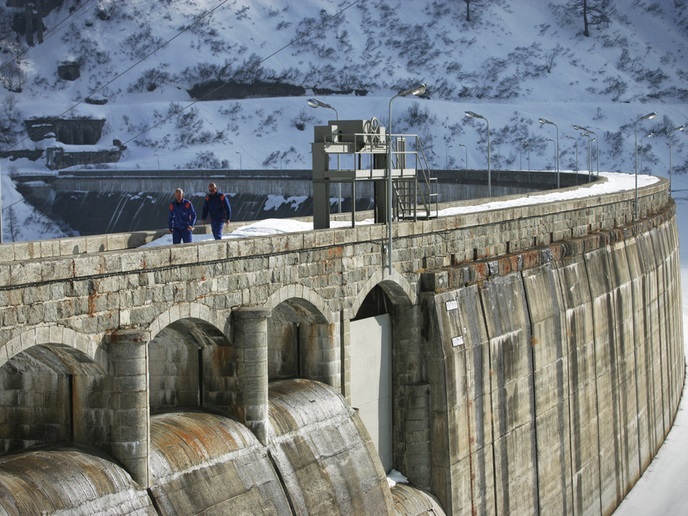New concrete mixture and design tools extend energy infrastructure lifespans
The expected lifespans of major engineering projects are increasing. Projected lifespans used to be 25 years for energy infrastructure, 50 years for buildings and more than 75 years for bridges. Now, designers are expected to achieve lifespans of 100 years or more. This is for cost reasons. Investment in longevity at the construction stage pays off over the long term compared to repairing structures later. In addition, infrastructure is moving into non traditional locations, such as offshore. Many such locations are hostile to infrastructure. For example, sea air is highly corrosive; certain locations may be subjected to freezing conditions and ice abrasion, extreme heat or intense pressures. Despite such challenges, the requirement for infrastructure longevity still applies.
Nanomaterials for a reinforced concrete mix
One key to achieving this requirement is new materials. The EU funded LORCENIS project developed a new formula for long lasting, reinforced concrete intended for energy infrastructure resulting in a novel mixture that doubles previous lifespans for concrete, even under extreme conditions of temperature, pressure, salinity and acidity (e.g. sewage plants). The new concrete is mixed and poured normally. The fundamental difference is the new, nanostructured additives that LORCENIS researchers developed. “They allow hardened concrete to self-repair, via a calcium carbonate precipitation reaction,” explains Christian Simon, LORCENIS coordinator. The additives also allow the concrete to self-cure, meaning to set. “So the additives mitigate shrinkage and crack formation. They also increase freeze-thaw resistance, while decreasing water permeability and absorption,” adds Simon. The nanomaterials additionally function as sensors. With software support, the sensors allow civil structures to detect and monitor stresses, and thus, to self diagnose their own structural health.
Superior performance
A second key element of extended lifespans is improved design tools. LORCENIS researchers developed and validated a new modelling approach, incorporated into an engineering software tool called ‘SEBASTOS’. This greatly simplifies the computation time required in design. So the tool helps designers predict and optimise reinforced concrete in highly corrosive environments. During the final year of the project, researchers tested the new material on pilot scale demonstrators prepared with the new concrete mixture. Testing reflected the extreme conditions likely to be encountered in each of the project’s four environmental scenarios: concrete infrastructure in deep sea and (sub)arctic zones, under mechanical fatigue, exposed to high temperature thermal fatigue, and subjected to acid attack. “Our results were outstanding,” notes Simon. “The nanomaterial fully repaired a concrete crack, leaving it strong and in good condition. We also achieved three times better resistance to ice abrasion than normal concrete. In concrete exposed to ocean winds and currents, the new mixture reduced chloride concentration around steel concrete reinforcing it by 50 %,” says Simon. Finally, testing showed a 40 % improvement to the self repair capabilities of concrete under hydraulic pressure, for crack widths up to 0.15 mm. The functionality of the newly developed concrete material has been verified, raising the technology readiness level (TRL) from proof of concept (TRL3) to technology demonstration (TRL6 7). LORCENIS partners have joined new initiatives, funded by both the EU and national governments, to continue development. The outcome of LORCENIS has been concrete that performs well and lasts much longer, even in extreme environments. This will help make infrastructure projects in such environments more feasible.
Keywords
LORCENIS, concrete, energy infrastructure, longevity, extreme conditions, nanomaterials

